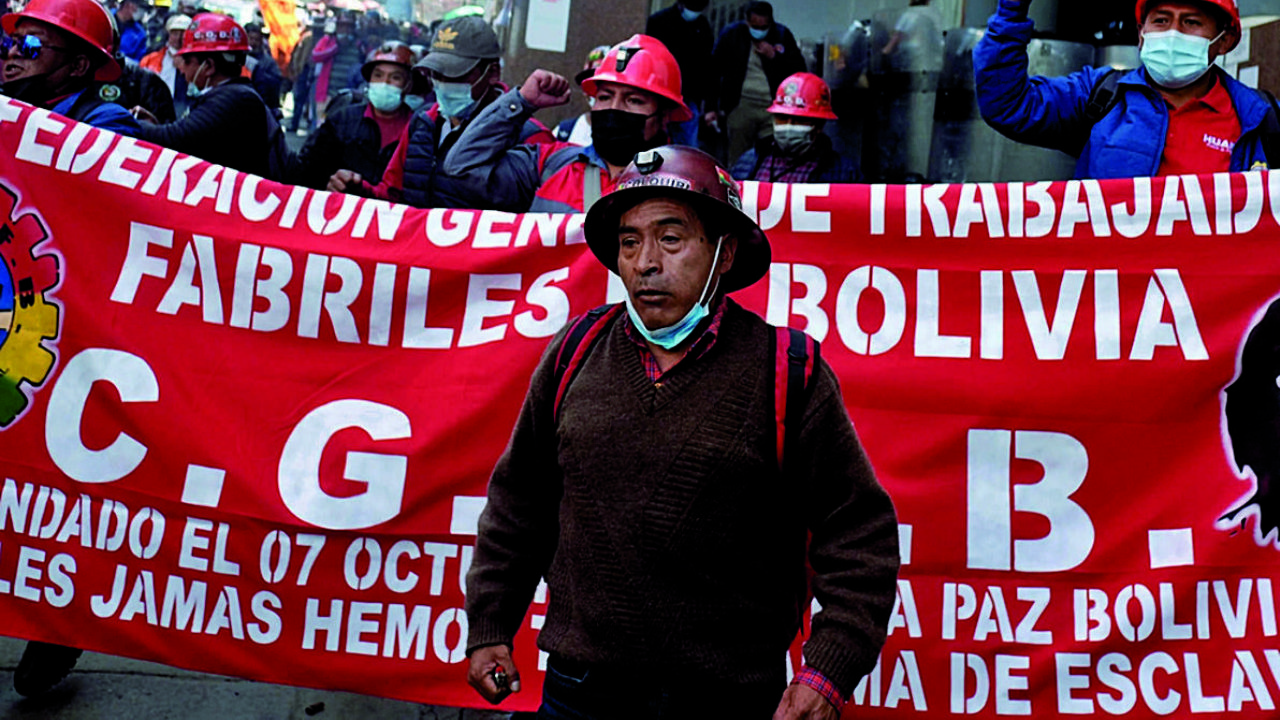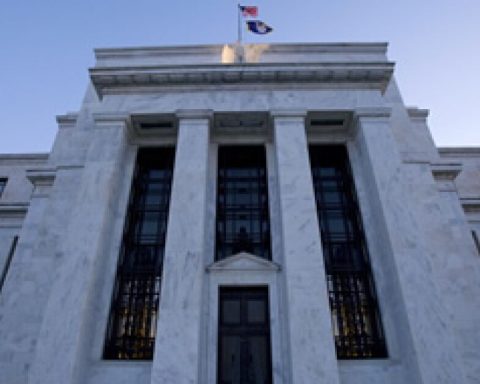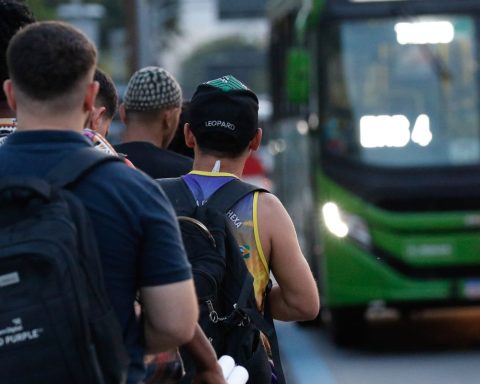Jorge Quispe / La Paz
For Labor Day, which is remembered today, May 1, the National Institute of Statistics (INE) reported that the unemployment rate for the first quarter of 2022 closed at 5.9%, below 8.7% for the same period in 2021, which means a reduction of 2.8%. That is the official report, but “reality exceeds the statistics,” say private businessmen, analysts and a Cedla report, which point to the fact that unemployment and informality grew along with smuggling.
The state report indicates that “unemployment continues to decline, according to the latest results of the ECE (Continuous Work Survey) and is among the lowest in the region,” headlines the INE report that shows that the urban unemployment rate of the population aged 14 or over fell to 5.9%, which means a reduction of 2.8% compared to 8.7% in the same period in 2021”.
Reality exceeds figures
Before the pandemic, Daniel Chambi worked at a cleaning company, but became unemployed because he was fired along with other colleagues, now the father of the family sells plastic items at the July 16 Fair. Fortunately, he has an informal job, but that is far from the formal job before the pandemic with all the work obligations.
“One thing is that you have a job selling candy, food or whatever, but another thing is that you have a formal job,” said Fernando Romero, president of the College of Economists of Tarija.
You can also read: 4 professionals show that you can get out of the labor crisis
He added that although the Government affirms that the number of unemployed has decreased, something else is seen in the streets. “The reality exceeds the statistics, because more than 80% of the population is engaged in informal jobs, they do not earn the national minimum wage, they are self-employed and some are now engaged in smuggling.”
The study “Multidimensional poverty and effects of the crisis of the Covid-19 pandemic in Bolivia”, by the Center for Studies for Labor and Agrarian Development, reveals that the coronavirus, which appeared in March 2020, caused “the deterioration of income and the increase in unemployment that borders on 12%. Many jobs are highly precarious and more women lost their jobs.”
It adds that before covid, 62% of the population was poor and at the end of 2020, seven out of 10 were in that same condition.
Businessmen
Given this reality, the president of the Federation of Private Entrepreneurs of Tarija, Marcelo Américo Romero, considers that unemployment is far from the 5.9% indicated by the INE and that “it borders between 15 and 16%”.
“I even fall short with that percentage. In Tarija, out of every 10 tarijeños, six are unemployed and of that six, three are now engaged in smuggling,” said the private businessman.
The situation in that department is more than serious, because Tarija has been in a recession since 2016 due to the drop in hydrocarbon prices.
“All this has hit the micro, small and medium entrepreneurs (Mypes)”, he added.
You can also read: Arce proposes to industrialize cherimoya and onion
In the coming months, the outlook may be darker, Romero said, after the announcement of the salary increase of 3% to the basic wage and 4% to the minimum wage. “Close to 90% are family Mypes that were trying to get ahead, but now may be forced to reduce staff.”
The president of the National Chamber of Industries, Pablo Camacho, considers that together with the Government they must work to guarantee quality jobs for the 150,000 young people who join the labor market every year. “To the pandemic we must add the international crisis that raised the price of wheat, corn and international cargo transport,” he recalled.
Analyst Fernando Romero maintains that the private sector must be incorporated into labor negotiations and also take into account the economic growth of each region. “You cannot compare the economy of Tarija with Santa Cruz or La Paz.”
Today President Luis Arce will make the salary increase announcement, but it is likely that he will anticipate something about a bill to force companies to reinstate workers without appeal. “If that becomes a reality, the private sector and formal employment may be at risk,” the analyst warned.
Some data
protests • According to the report “Multidimensional poverty and effects of the crisis of the Covid-19 pandemic in Bolivia”, from Cedla, until April 15 of this year, 60 mobilizations of workers between public and private were carried out, and more than 5,000 wait for two years job restitution
Restitution • The report also indicates that 5,000 dismissed workers have been waiting for two years to be restored to their jobs.
2021 • According to Cedla, in 2021 six out of 10 households saw their income decrease, eight out of 10 indicated that they no longer had enough to make ends meet and five out of 10 were in debt.


















